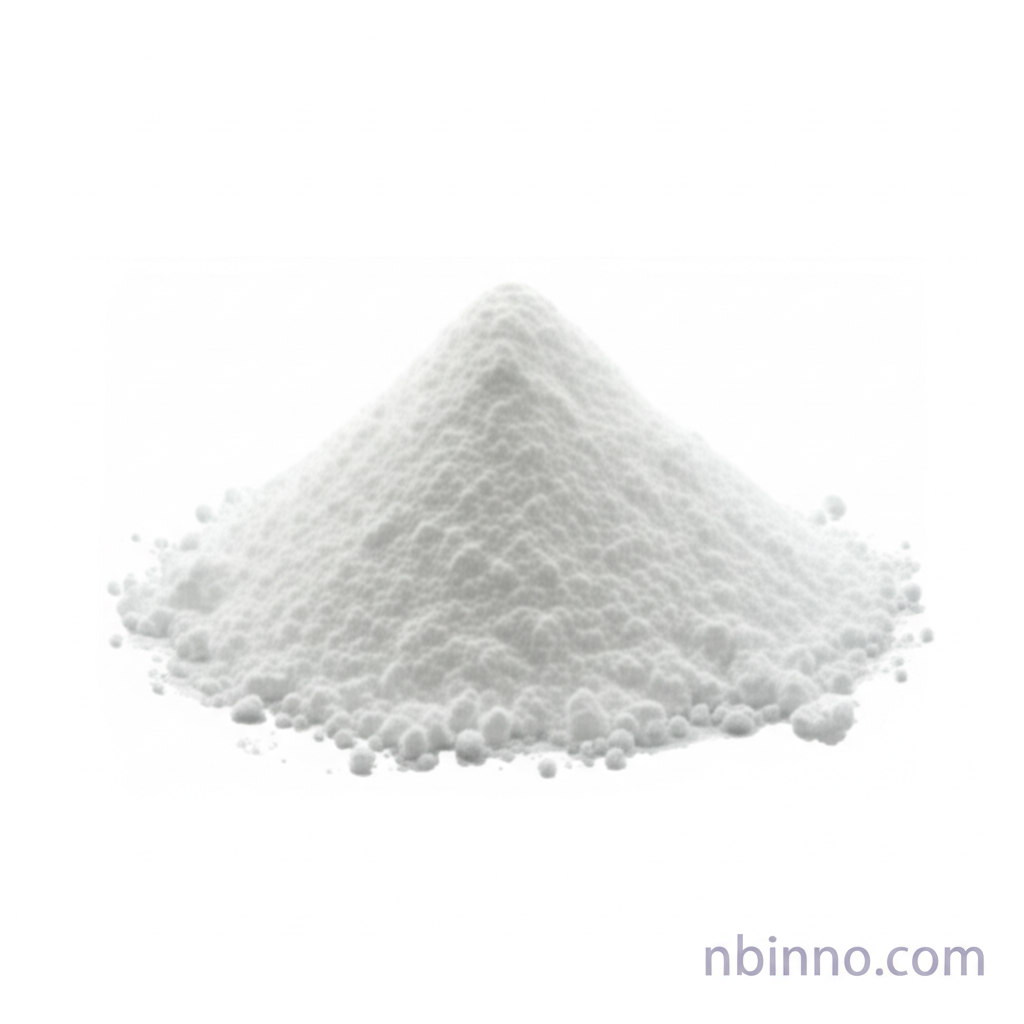Benzyl Carbamate: Your Key Pharmaceutical Intermediate
Discover the exceptional properties and diverse applications of Benzyl Carbamate, a vital component for advanced chemical synthesis.
Get a Quote & SampleProduct Core Value

Benzyl Carbamate
Benzyl Carbamate (CAS 621-84-1) stands out as a crucial fine chemical, widely recognized for its role as a pharmaceutical intermediate. Its high purity, often exceeding 99%, and its distinctive white powder or flake appearance make it a preferred choice in demanding chemical processes. This compound is essential for the nucleophilic introduction of amino-protected groups and serves as a versatile protecting group in peptide synthesis, offering a valuable alternative to other carbamate protecting groups.
- Unlock advanced synthesis with Benzyl Carbamate CAS 621-84-1, a cornerstone for developing new pharmaceutical compounds.
- Leverage Benzyl Carbamate's utility as an organic synthesis reagent, facilitating complex molecular constructions.
- Ensure precision in your research by utilizing Benzyl Carbamate's role as a nondeuterated internal standard for quantitative analysis.
- Benefit from the reliable purity and appearance of Benzyl Carbamate, crucial for consistent experimental outcomes.
Key Advantages and Benefits
Versatile Application
As a key pharmaceutical intermediate, Benzyl Carbamate is indispensable in the synthesis of numerous drug compounds, driving innovation in healthcare.
Enhanced Peptide Synthesis
The benzyl carbamate protecting group functionality is vital for protecting amino groups during complex peptide synthesis, ensuring targeted reactions.
High Purity and Quality
With guaranteed high purity, Benzyl Carbamate is a reliable choice for applications requiring stringent quality control, supporting scientific accuracy.
Key Applications
Pharmaceutical Synthesis
Benzyl Carbamate is a fundamental building block in the creation of various pharmaceutical active ingredients, playing a critical role in drug development.
Organic Synthesis
As a versatile organic synthesis reagent, it enables the efficient introduction of protected amino functionalities in a wide array of chemical transformations.
Peptide Synthesis
Its use as a protecting group is paramount in peptide synthesis, safeguarding amino groups and ensuring the integrity of complex peptide chains.
Analytical Chemistry
Utilized as an internal standard for quantitative analysis, it contributes to the accuracy and reliability of scientific measurements in laboratories.
